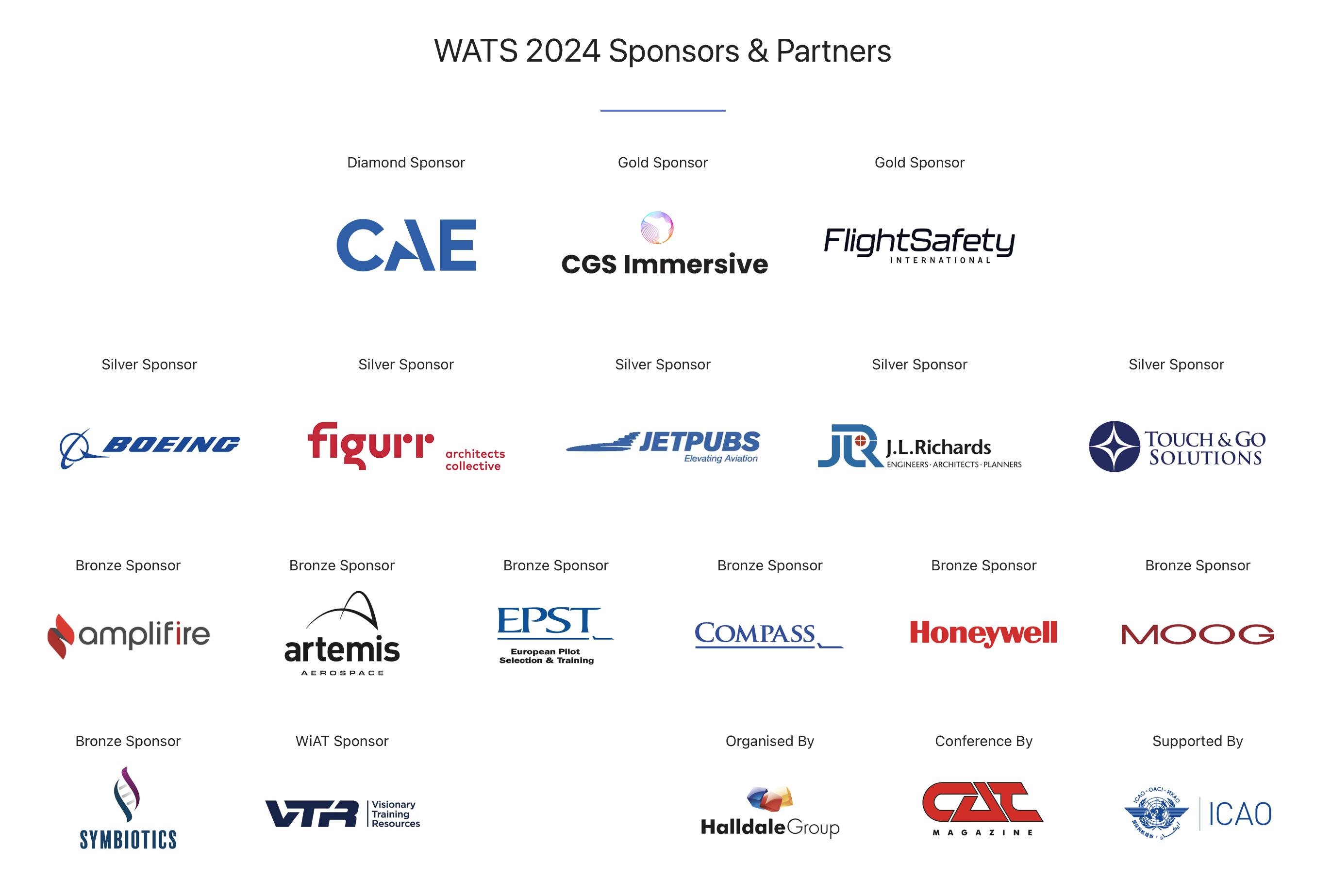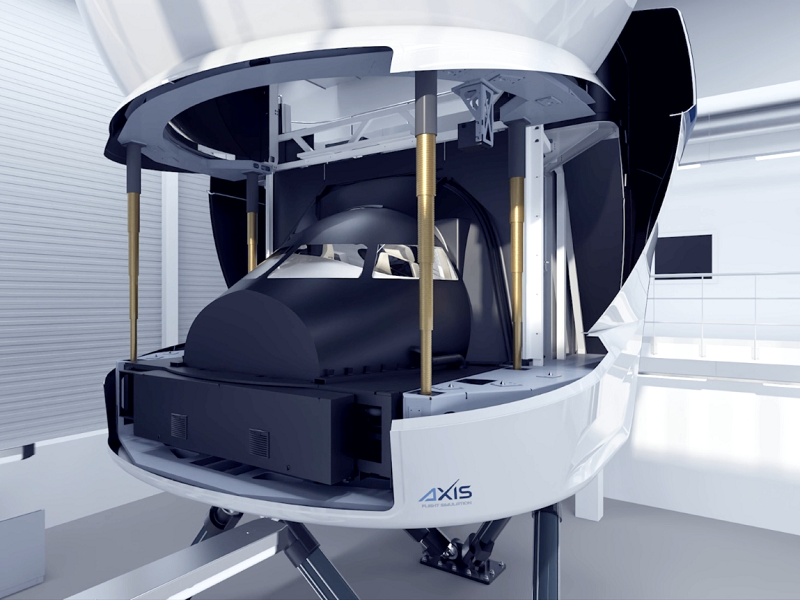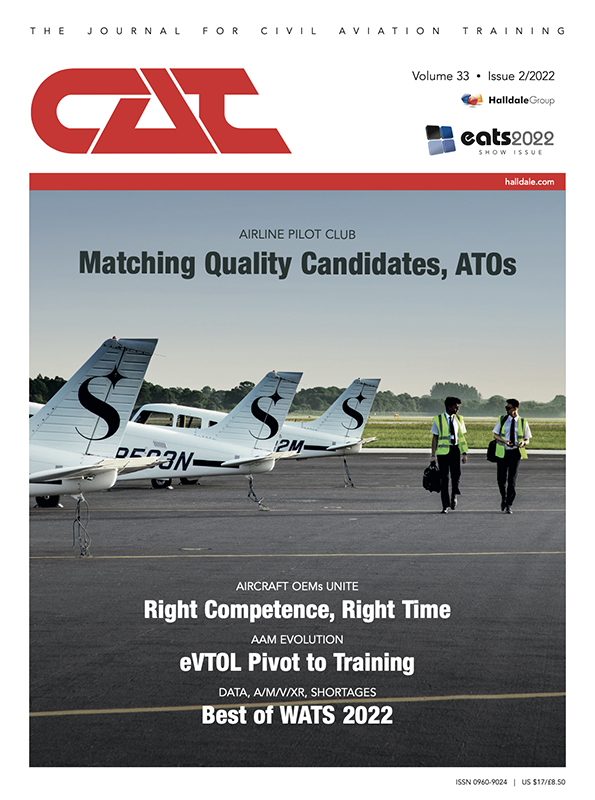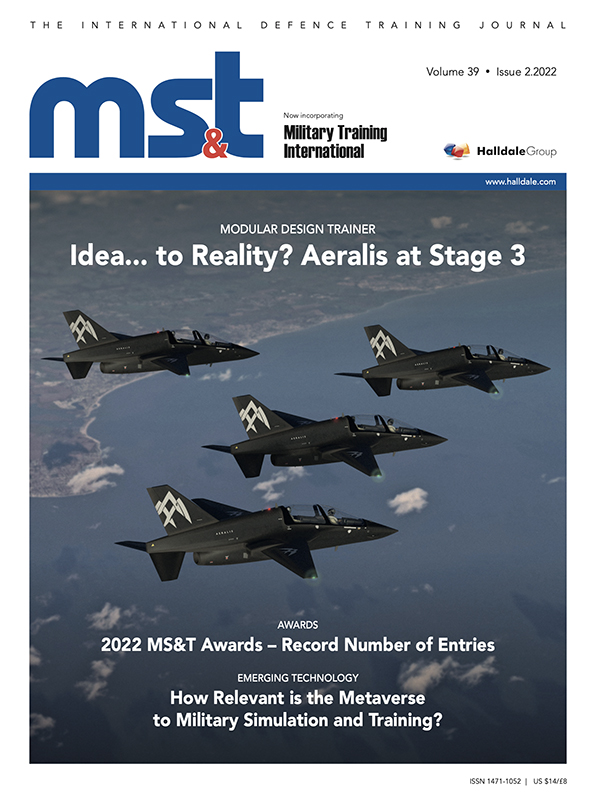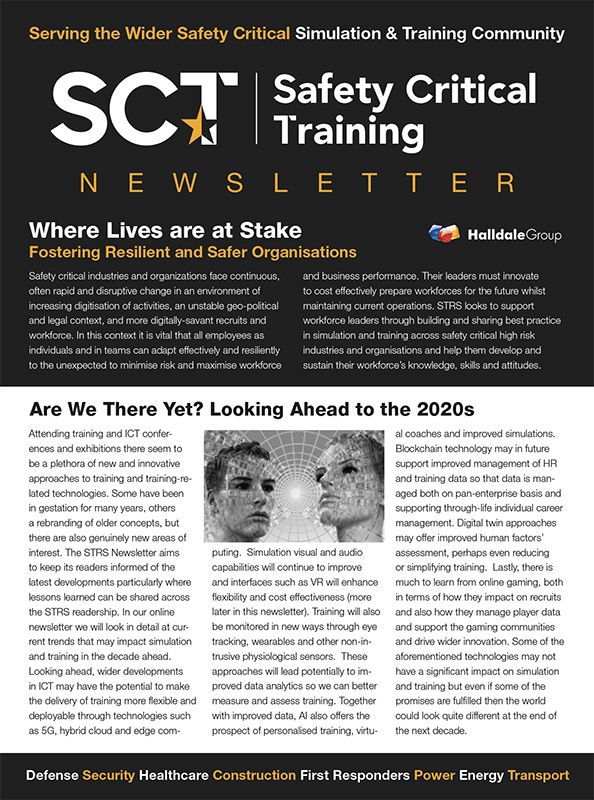This is another series of short articles on technology developments in the simulator space. The author had the opportunity to meet with Christian Theuermann, member of the executive board, AXIS Flight Simulation, during WATS 2024. The meeting occurred after the release of the company’s announcement that it unveiled AX-D Flex, which the company believes is the first front-loading roll-on/roll-off solution, enabling pilots to train on multiple aircraft configurations within one mothership.
The executive shared his important insights about the new simulator design and other vital developments in the simulator space, in essence, allowing CAT to once again take a “deep dive” on the technology underpinning shaping the broader simulation market.
The company’s business strategy for AX-D Flex was straightforward: The solution was to bring two or three cockpit sections onto one “mothership” for a positive impact on customers on the commercial side, because you only have to buy one mothership but you can switch cockpits. “This solution is new to the market. We call it AX-D Flex a “front-loading” system. All you have to do is lift the visual system and you bring out the cockpit and change it out. This is much easier and faster than the existing solution which is called “back loading. It is more complex,” the executive explained. Further returns on investment are gained from the ability to use the cockpit section as a fixed-base training device.
The AX-D Flex was designed for use in business jet training requirements – up to the size of an A320. An initial Flex device is installed at Lufthansa Aviation Training in Switzerland for the Bombardier Challenger 650. The AX-D Flex was to meet FAA Level 5/6 and equivalent rating requirements.
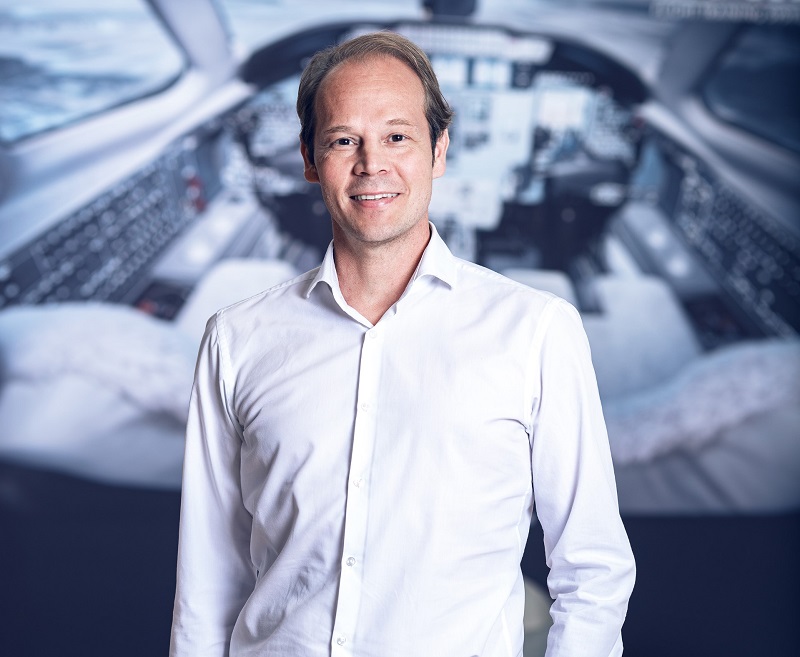
Other Technology Thrusts
AXIS is further focused on embracing other technology developments, including VR, XR, AI and big data. The company’s technology-enabled tasks outside the training task that can performed include a walkaround trainer for an ATR- or like simulator. The executive explained, “Our R&D focus/pipeline with these new technologies is a training device based on mixed- or virtual reality that could support training up to Level 2 in EASA or even Level 6 based in FAA standards. That’s our roadmap for the next 2-3 years.” Current XR R&D efforts employ Vario HMD, with Axis maintaining a “best of breed” philosophy on using content from other suppliers. Theuermann noted with some concern the high price points on HMDs for enterprise use and opined the price per unit will and needs to eventually decrease.
“We also strongly believe in AI to support this training,” the executive said. “We’ve developed a debrief solution based on AI where we support instructors to provide more objective feedback.” And beyond that the AXIS leader declared “data is the new gold in the future – this is key: we want to support instructors in their efforts to give more objective feedback to the pilot. We are collecting data, collecting data so we can optimize evidence-based training solutions to focus on competencies.”
AXIS’s collaborative partners to advance AI includes Palantir AI.
